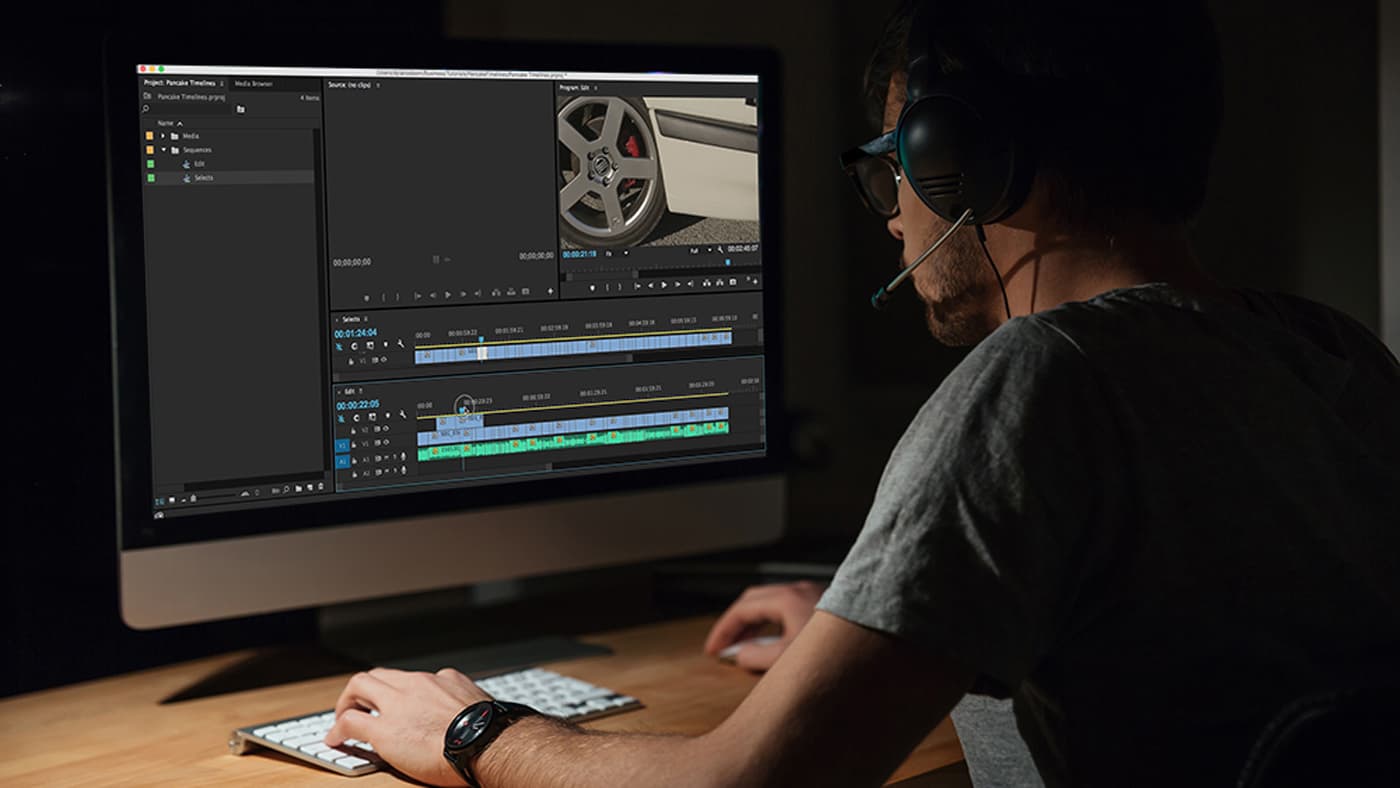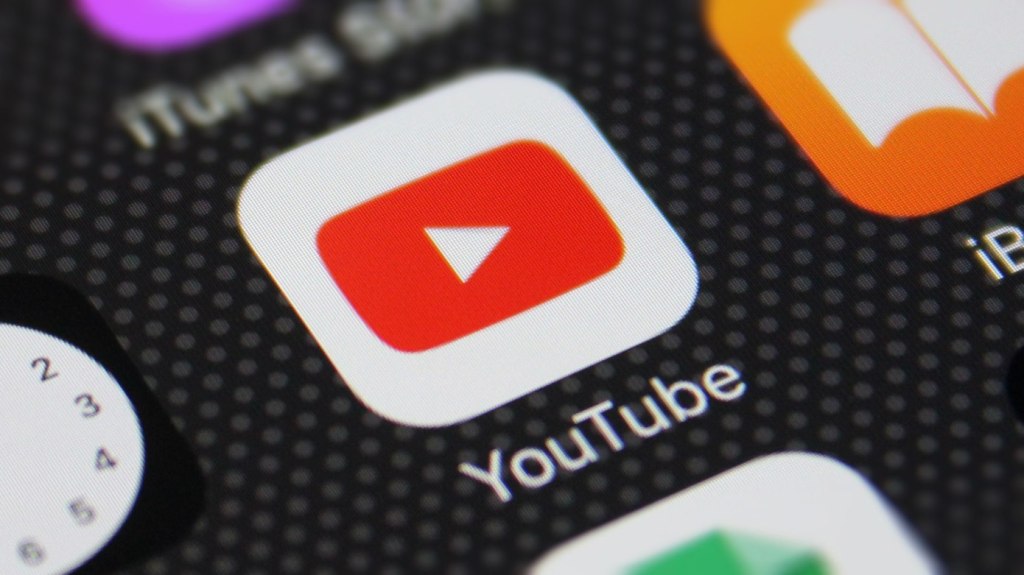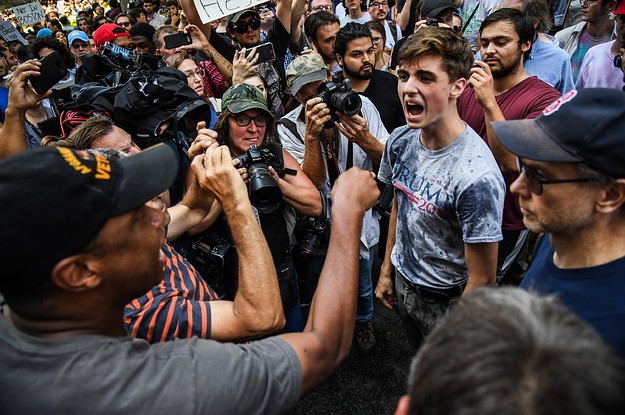Why Historians Should Embrace YouTube
In his classic book, Silencing the Past: Power and the Production of History, Michel-Rolph Trouillot states that "History does not belong only to its narrators, professional or amateur. While some of us debate what history is or was, others will take it into their own hands."[1] Despite the book being published in 1995, much has changed in terms of how and where history is debated. Discussions on historical interpretations are no longer held solely in classrooms and offices as the internet now plays host to these battles. As the internet has grown and been embraced by the public, it has gone from a minor part of life to being at the center of our everyday life.
 |
| Source: Videomaker.com |
Though
the internet has established its place as the premier medium for
sharing
information, historians have been sluggish in embracing the internet as a
means
of teaching history. Despite older historians being contented with the
tried and true methods of information sharing, many young historians
have an interest in expanding their audience. With the internet bringing
the world closer together, historians have an opportunity to bring the
field into the modern day. Video platforms such as YouTube offer historians
many
benefits to escape from the “Ivy Tower” and engage with the public,
giving
their work a platform that can reach millions of viewers. While there
are
appealing benefits, historians have an opportunity to place themselves
squarely
on the frontlines of the culture war, correcting disinformation and
reclaiming the past.
Escaping Tradition
The field of history is notoriously known for being conservative discipline. When confronted with new information and ideas, the historians are slow to adopt change. Though this aversion to change is necessary for critiquing new ideas and historical methods, it can be a liability in the age of instant information. Traditional mediums of information sharing used by historians, books, classrooms, and public lectures, simply do not compare to the speed and reach of the internet. Despite sales of physical books remaining steady, reading consumes a great deal of time and focus to fully appreciate a book.[2] Enrolling in college is an expensive venture and excludes people who only have a mild interest in history. Public lectures are only seen by those in attendance unless steps are taken to record and disseminate the lecture. In comparison, a video on Youtube can be seen by thousands of viewers in an instant and can be accessed anywhere at any time. It is an inclusive medium that is accessible to any user who has the interest. While video-making does have its pitfalls, the potential that lies within this new frontier are too great to ignore.
An Untapped Frontier
As social media becomes increasingly popular, there is no shortage of video-sharing sites to upload content. Despite the competition, Youtube remains the undisputed leader as over a billion hours of videos are watched a day and it ranks as the second most popular search engine, visited site, and social media site on the internet. With such massive viewership, there is a market and community for videos of almost any kind.[3] History is a particularly rich subject on YouTube, as some of the most popular history-focused channels can have hundreds of thousands or even millions of subscribers. The platform offered by YouTube far exceeds any of the traditional mediums that historians rely upon, giving historians the opportunity to break out of the “Ivy Tower” and engage with common people. The process of editing and creating videos is much more straightforward and when published, historians can potentially interact directly with a massive audience. Though the comments section can be chaotic and messy, constructive discourse is still able to be had. This enables content creators to speak directly with their viewers, receive critiques, and learn how to improve their craft.
 |
| Source: TechCrunch.com |
Though some may scoff at the scholarly potential videos may offer, they offer more flexibility and potential than a typical monograph. As a creative platform, historians have room to be innovative on their videos. Video creators have the ability to have photographs, text, video clips, and other primary sources on screen while narrating, bolstering their arguments and keeping the viewer engaged. Because of fair use laws, creators can use copyrighted materials like photographs and videos in their works with some freedom. In most cases, history videos can be categorized as examples of "works of commentary, criticism, research, [or] teaching," allowing creators to avoid issues with copyright.[4] Though protection under fair use can be inconsistent on YouTube at times, it remains easier than acquiring permission to use perhaps only a handful of photographs in a published monograph. When citing sources, creators can simply place links in the video description for easy access to viewers.
Historians on YouTube
 |
| Source: The Cynical Historian YouTube Channel |
Critics of history on YouTube may point to the lack of scholars on the platform and the prevalence of "pop history." While these are valid critiques, historians do have a place on the site and can be successful. One notable history channel on YouTube is The Cynical Historian. The channel offers a glimpse at the potential a historian has
on the site, showing how historians can weave creativity and research into a
successful channel. Run by Joseph Hall-Patton, a PhD student at the University of New
Mexico, the channel has over 160,000 subscribers while delivering well-researched, scholarly content. Hall-Patton’s videos range
from reviews of movies based on history, videos on American and International
history, as well as discussions on the field of history. Because of this range
in content, casual viewers and academics alike can find videos of interest. More than just a content creator, Hall-Patton is a strong advocate for historians to join Youtube. The channel has videos explaining how historians can make it onto the site and the scholarly value of YouTube. When explaining why the presence of historians on the site is needed, Hall-Patton points to it being the frontline of the modern culture wars. "The history profession needs to get on Youtube. If there were more historians on YouTube, then we could fight these trolls...This is where the battle for historical interpretation is waged. Fighting ignorance is difficult, for sure, but it is worthwhile."[5]
On The Frontlines
Escaping the “Ivory Tower” and engaging with people are perhaps the most
important reasons for more historians to consider making works on YouTube.
While anyone can create well-researched history videos, the presence of
professional historians on the platform can help dispel bad or misinformed
histories that are prevalent on the internet. In a time when controversy over
Confederate flags and memorials is a hot-button issue, historians on YouTube
can combat the “Lost Cause” myths that is still being told to this day. Recent
surveys point to Millennials and Generation Z having an alarmingly poor
knowledge on the Holocaust, reporting that sixty-three percent of those surveyed did not know 6 million Jews were killed in the genocide.[6] Historians can pick up the slack left behind by the
education system, helping to prevent the spread of misinformation by those who seek to twist history.
 |
| Source: BuzzfeedNews.com |
Modern American discourse is rife with pernicious historical untruths and historians have to be willing to step into the fray. The field of history needs to listen and act on the calls for scholars to be on the frontlines of the culture wars, rather than standing on the sidelines. Historians cannot simply retreat into their classrooms and offices and hope that traditional forms of information will help inform the American people. YouTube can help bridge the divide between academics and the public, allowing historians to put their scholarship and research ability to good use.
About the Historian: MJ Vega is a second-year Masters student studying public history under Orlan Svingen. Born and raised in Washington, MJ graduated from Washington State University in 2018 with a B.A. in history. He returned to WSU in 2019, where he studies the experiences of Japanese Americans on the Palouse during World War II and the development of Americanism in Nisei and rural communities. In his free time, MJ runs a website dedicated to the history of his high school football team. He also enjoys listening to music, going to local coffee shops, and exploring the Palouse.
[1] Trouillot, Michel-Rolph. Silencing the Past: Power and the Production of History. Boston, MA: Beacon Press, 2015. 153.
[2] Kiniulis, Marius, and Owen. "29 Book Sales Statistics, Facts, and Trends in 2020." MARKINBLOG, September 17, 2020. https://www.markingblog.com/book-sales-statistics/.
[3] "57 Fascinating and Incredible YouTube Statistics." Brandwatch. Accessed September 30, 2020. https://www.brandwatch.com/blog.youtube-stats/.
[4] "YouTube Copyright & Fair Use Policies - How YouTube Works." YouTube. Accessed September 30, 2020. https://www.youtube.com/howyoutubeworks/policies/copyright/.
[5] The Cynical Historian. "Making History on YouTube | The Diatribe." Youtube video, 25:25. February 28, 2019. https://www.youtube.com/watch?v=_jgEz_fBY94
[6] O'Kane, Cailtlin. "Survey Finds 'Shocking and Saddening' Lack of Holocaust Knowledge among Millennials and Gen Z." CBS News. CBS Interactive, September 18, 2020. https://www.cbsnews.com/news/holocaust-lack-of-awareness-millennials-gen-z/.


Comments
Post a Comment